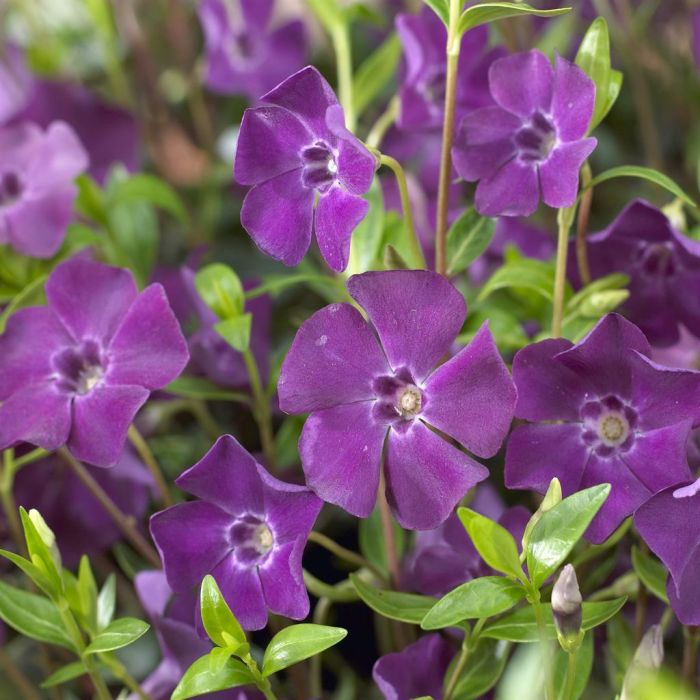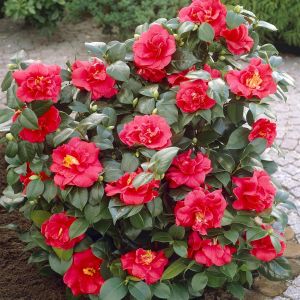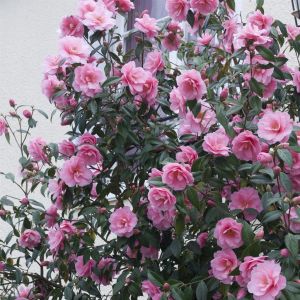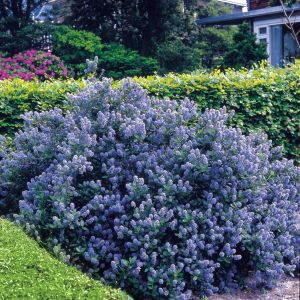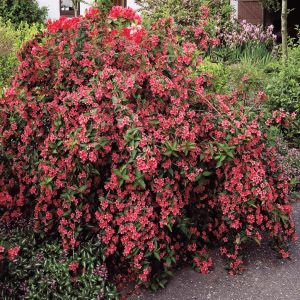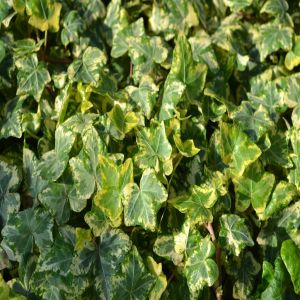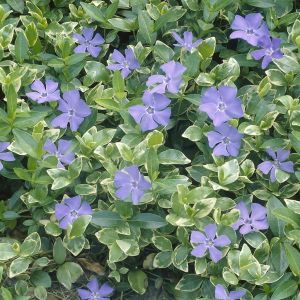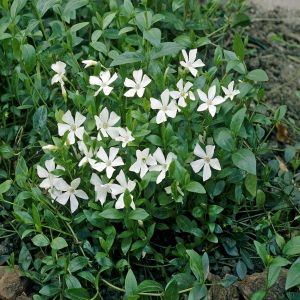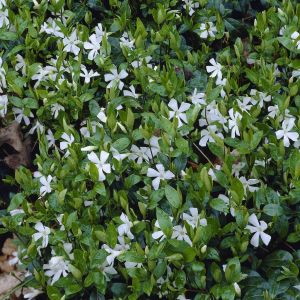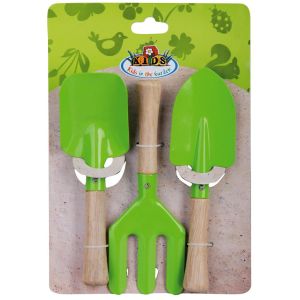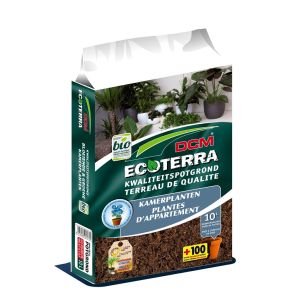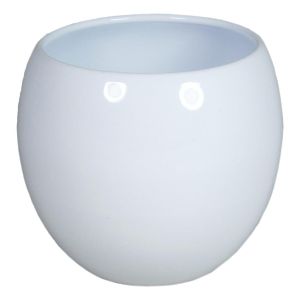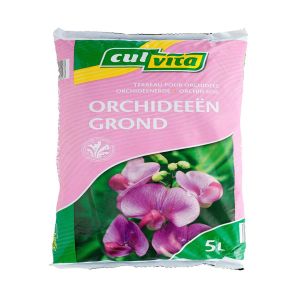Vinca minor Atropurpurea
- 1 x Vinca minor Atropurpurea
| Botanical name | Vinca minor 'Atropurpurea' |
|---|---|
| Free Shipping | No |
| Category | Vinca |
| Delivered as | Pot plant |
| aa_height | 10-15cm |
| Qty | 1x |
| Flowers | Yes |
| Flower period | Spring thru Autumn |
| Fragranr | No |
| Cutflowers | No |
| Flower colour | Purple |
| Fruits | No |
| Edible | No |
| Location | Semi shade |
| Hardy | Yes |
| Groundcovering | Yes |
| Naturalizing | No |
| Plant spacing | 30cm |
| Plant Depth | 10cm |
| Preferred Soil | Well drained soil |
| Full grown height | 10cm - 20cm |
| Mature width | 10cm - 20cm |
| Poisonous | No |
| Size | Ø 9cm |
| USP | Groundcovering |
How to take care of Vinca minor Atropurpurea
For best results soak the roots for approx. 2 hrs. before planting and water well after planting and for the next few weeks. Vinca minor Atropurpurea is reasonably drought-tolerant once established. Vinca minor Atropurpurea vines require good drainage but any reasonable garden soil will do. Vinca minor Atropurpurea will thrive in a sunny or shaded position. Add a general purpose fertilizer once or twice a season. You can divide Vinca minor Atropurpurea plants or remove rooted side shoots in late autumn or winter. As a bonus, Vinca minor Atropurpurea vines are deer-resistant. Vinca minor Atropurpurea is rarely troubled by insects and disease. Fungus problems may occur in humid or wet weather. If insect or disease problems occur, treat early with organic or chemical insect repellents and fungicide. Remove any dead or dying foliage. The dead or dying foliage can be recognized from the browning or yellowing of the leaves and shriveling of the blooms. Regular pruning helps to keep control of its growth, keeping it within the desired boundary.


